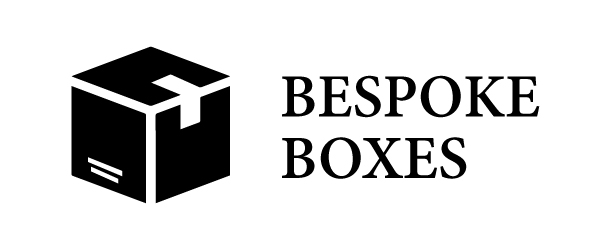What can we Learn from Easter Egg Packaging?
It’s hard not to notice that Easter Eggs started making an appearance on the supermarket shelves as soon as the Christmas stock had cleared. Perceived as one of the worst examples of excessive packaging, do Easter Eggs deserve their bad press?
Excessive Packaging in Decline
There is no doubt that the volume of packaging used for Easter Eggs used to be excessive. In many cases, the layers of cardboard, foil and plastic accounted for as much of the weight as the chocolate. With the UK estimated to consume around 80-million eggs a year, it leads to a seasonal peak in packaging waste.
In response to calls from consumers and environmental organisations, chocolate manufacturers began to modify their Easter Egg packaging design. Boxes have gradually become smaller, and in some cases, have been removed altogether.
Recyclable Packaging for Easter Eggs
In 2012, Nestle was the first company to introduce 100% recyclable packaging across their entire Easter Egg range. Over the last decade, the majority of brands have followed suit, but in many cases recycling rates still depend on the consumer separating foil, card and plastic elements before disposal.
Looking at the Easter Eggs on display in 2022, it is great to see that the many are packaged in simple foil wrap (scrunch up and recycle) and card (fold and recycle). This includes Thornton’s chocolate bunnies and egg range, which no longer includes a plastic window in the carton board packaging.
Sales of Easter Eggs haven’t declined as the packaging has shrunk. In fact, Kantar World panel research revealed sales of Easter Eggs increased by almost 50% between 2020 and 2021.
On the whole, consumers are happy to see manufacturers making efforts to reduce waste. Let’s face it, what really matters is the chocolate inside! If you want to make a statement, opt for a larger or more luxurious egg, rather than the biggest box on the shelf.
The Case for Optimised Packaging
If a product notorious for excessive packaging can cut waste without reducing sales or customer satisfaction, it is a good lesson for all packaging designs. Customers are no longer wowed by big boxes and multiple layers. They don’t simply accept reduced packaging, they desire it.
When packaging design focuses on optimising protection, there are many gains, including:
– Goods reach the consumer in pristine condition
– The financial and environmental cost of filler products can be minimised
– Companies avoid paying to ship empty space or filler materials
– Less space is taken up when storing and transporting goods leading to fewer delivery vehicles on the road
– Consumers respect the brand for their green credentials
– Recycling rates increase as the number of different packaging materials is limited
– More recycled materials are available to produce future packaging
All good packaging design should take into consideration how to reduce packaging to optimum levels, how to encourage the reuse, recycling and reprocessing of packaging materials.
Where to go for Packaging Advice
If you are unsure of how to optimise your product packaging or postal boxes, get in touch with Aylesbury Box Company on 01296 436888 or enquiries@abcbox.co.uk.
As a UK cardboard packaging manufacturer, we can advise on solutions that best fit your product. Our recommendations factor in storage and shipping, as well as finishes and budget. We support start-ups and established brands to create sustainable brand packaging.
You can also find advice and examples of our work with UK businesses on our News page.



